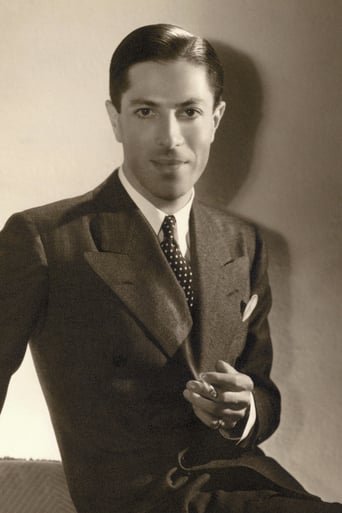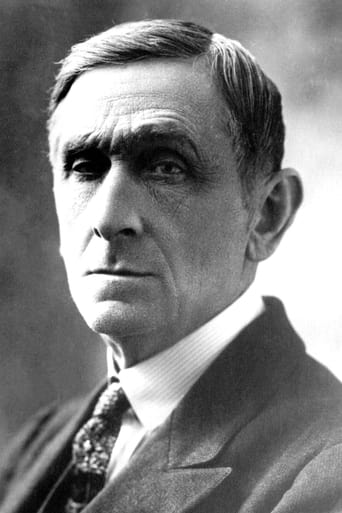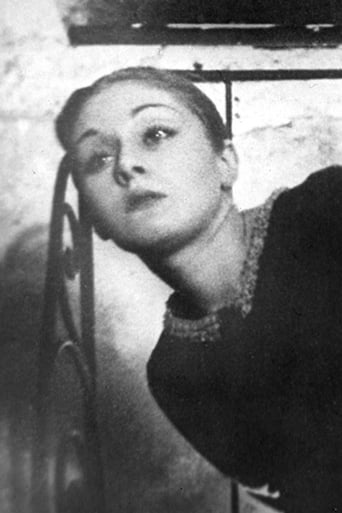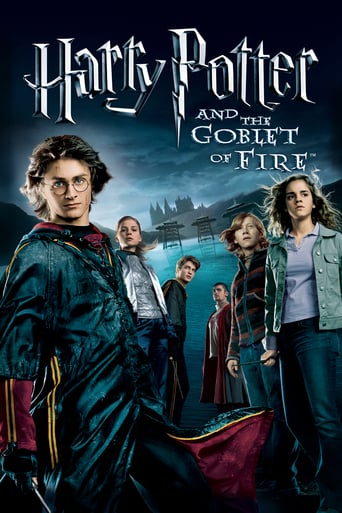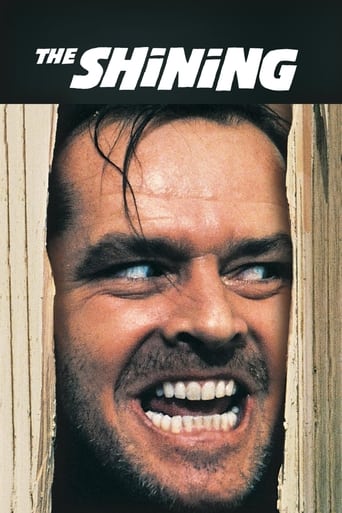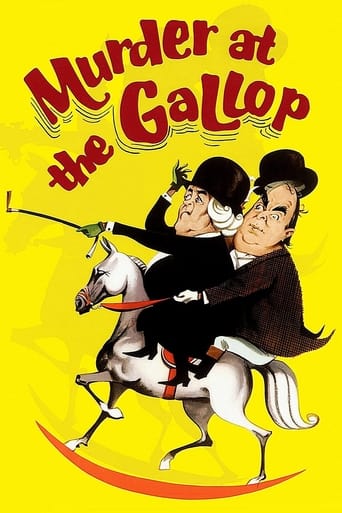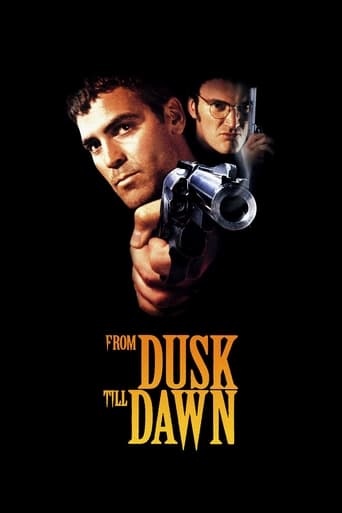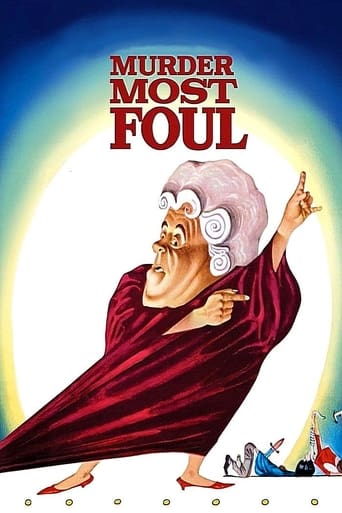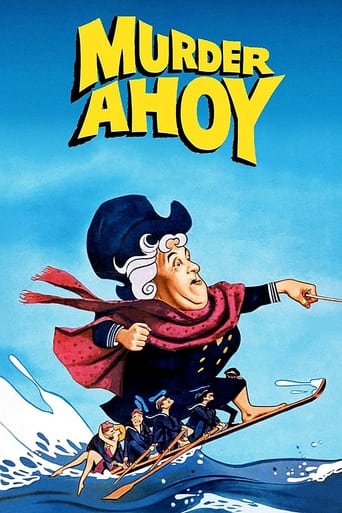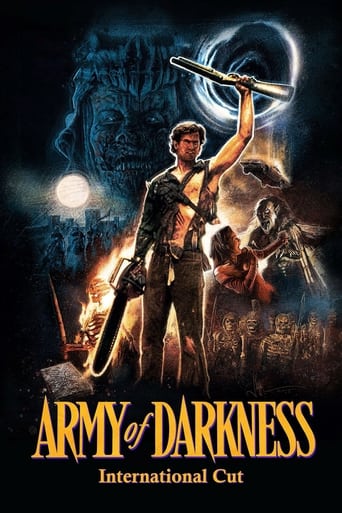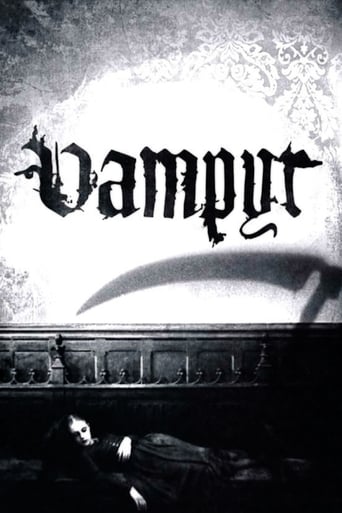
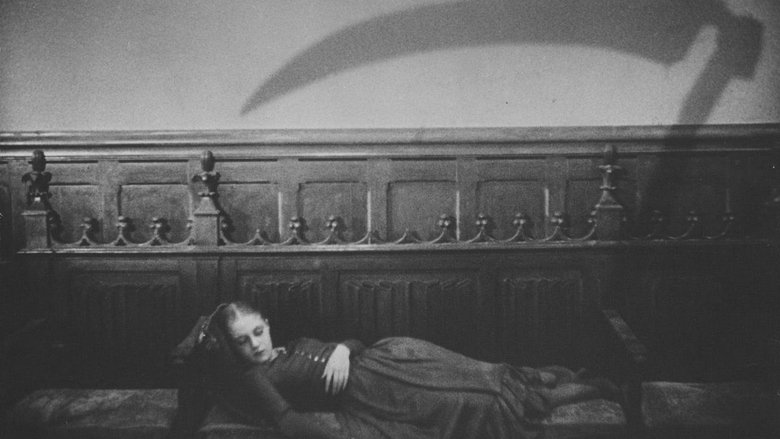
Vampyr (1934)
A student of the occult encounters supernatural haunts and local evildoers in a village outside of Paris.
Watch Trailer
Cast


Similar titles
Reviews
Dreyer's first sound feature, VAMPYR is an archetypal induction of the blood-hankering undead onto the celluloid screen (but not in its stereotyped appearance), made in a time when the story is foisted to unspool predominantly through title cards with minimal dialogs (sound recording is still a nascent embryo in Europe then), the film's chiefly non-professional cast serves as props rather than fully embodies flesh and occurrences are sometimes painstakingly tardy in their paces. Yet, Dreyer's modus operandi prospers in the somber, eldritch and never-wracking mise-en-scène, dispersed with thanatological symbols (the Grim Reaper in the beginning betokens its mythos), enhanced by a dream-like soft-focus tactility, and most extraordinarily, Dreyer's legerdemain of coaxing shadow and light into his narrative, a coup de maître where a soldier emerges with his seemingly discrete shadow denotes the mystic separation and unification of body and soul. During the thick of its vampyr-myth debunking sequences, our protagonist, the spiffy young man named Allan Gray (played by the French scion and later illustrious magazine designer Nicolas de Gunzburg under the alias of Julian West, who invests the movie with his own money to secure his dabbling into filmdom, which is his only screen credit) is afflicted by an out-of-body experience and witnesses a burying ceremony of his own body, swapping between camera's (subjective/objective, body/soul) viewpoints, the film reaches its most eerie, preternatural actualization of a blurred vision between real and unreal. German actress, Sybille Schmitz, whose real-life tragedy inspires Fassbinder's VERONIKA VOSS (1982), leaves behind an indelible image as the mostly bed-ridden vampyr-bitten girl, by dint of Dreyer's stock-in-trade expressive close-ups. Poetic justice prevails in its simplistic ending (why the girl's father who is in possession with the book doesn't try to extirpate the scourge if he is assumedly equipped with the know-how? A title card explanation would be apposite), but the scene where the evil village doctor impelled to receive his comeuppance potently flags up Dreyer's ingenious flight of fancy, and this time, without being curtailed in the religious solemnity and rigidity, Dreyer's VAMPYR surges with its top-drawer German expressionist idiom and avant-garde techniques that have timely reappraised the cachet of a film maudit.
Allan Gray is a young traveler obsessed with studying the occult and vampires. During his travels he comes to an small inn in the village of Courtempierre and stays for the night. During the night he is visited by a mysterious man who talks of a young dying woman and leaves Gray a package saying that it should "be opened in the event of my death". Gray, feeling a foreboding doom, heads out and finds himself amongst the horrors of the supernatural. So sets up Carl Theodore Dryer's 1932 horror film, "Vampyr". "Vampyr" is a hard film to talk about because of how strange it is. After I saw it for the first time I was completely baffled. I didn't know what to make of it and I couldn't make sense of what I had just seen. In structure, it is a very unorthodox movie. Shot and edited together in a very bizarre manner. The story is told in a linear fashion but the viewer is required to fend for themselves for much of it. Bridging shots and connecting sequences are almost entirely absent, much of what hear occurs off-screen, and what we do get to see is almost always unexplained. It makes for a really bizarre viewing experience. Despite that, the movie never feels disjointed, it has its own flow that feels as natural to the story as it is unorthodox.What this bizarre flow does for the film is it gives one of the creepiest and chilling horror films from the era. The way the story is told is like that of a nightmare. Nothing is ever certain, shadows bend and play at their will, backgrounds ever so subtly seem to twist and contort, and the evil waits and festers out of sight, but not out of mind. This can be attributed to the film's aesthetic design. Much of the film was shoot on overexposed stock so it has a washed out soft look making it seem as though it is a nightmare. The effects with shadows moving with no physical bodies are some of the finest and most chilling effects from any horror film. Much should be given to the sound design for helping make this movie as creepy as it is. The film was made in 1931, released in '32, so it was a very early talkie. Unlike many films from that period, "Vampyr", features almost no dialogue and makes itself look like the silent horror films. Most of the sound is in the film's score and sound effects, most of which are distorted or off-screen. The score in particular is very good and creepy. It's nice to have when considering many early talkies like the 1931 "Dracula" really didn't have a score. It has an unconventional sound and is major player in the film's nightmarish tone and keeping the story from feeling disjointed. Dialogue is held to a hardcore minimum, shows up very rarely and not for very long. Again, like silent films information is given via inter-titles or as it is later in the film, from the pages of a book.Some people may be turned off by the acting in the film. Most of the stars were not professional actors and some, including lead actor Julian West, only have "Vampyr" to their credit. West spends most of this film in an almost emotionless apathetic state to what is going on. Everyone else puts on more emoted performances but they're subdued and it makes the characters seem more like the vignettes of a nightmare than actual people. Dryer makes good use of it though. The skewered perspectives and strange compositions make the acting effective and additive to the movie's horror."Vampyr" is, at the end of the day, a very creepy and bizarre experience. You should totally watch it now. Do not miss this under-appreciated classic, especially if you are a fan of horror from the 1920s and 30s. Alternate recommendations include F.W. Murnau's "Nosferatu" from 1922 and Tod Browning's "Dracula" from 1931. Both are great vampire movies from the same time period and serve as good entry points into the world of 20s and 30s horror.
When you hear the word " masterpiece " you often have to take cover to the hyperbolic superlatives aimed at that film . Has there ever been any film released that hasn't had someone screaming " MASTERPIECE " . I think someone have said WORLD WAR Z was a masterpiece of Zombie horror . Someone said TRANSFORMERS is a masterpiece of explosions and CGI whilst someone else said PACIFIC RIM was a masterpiece in toilet cleaners . Maybe and why not ? VAMPYR by Carl Thedor Dryer is another film considered a masterpiece in 2013 but a quick internet search will inform you that the film was booed by everyone who saw it 80 years ago and it's easy to see why when you stop to think about it Picture the scene . It's 1932 and you're sat in the cinema a cigarette in one hand and a bag of pop corn in another . Sound is a recent invention and you're still reeling from James Whale's FRANKENSTEIN from the previous year and this film promises to match if not surpass the spine chilling shock of Whale's movie . The film starts and you notice something very strange - hardly anyone talks . Protagonist Allen Grey walks around and insert cards inform us he's an expert academic in the undead . Hold on wait a minute didn't we get caption inserts in silent movies ? Surely we've moved on ? As the story continues we get spooky images of ghost like figures . Slightly impressive but didn't we get that from that French bloke Georges Melies ? What's happening now ? More caption inserts where nobody says anything . Whoa you expect us to pay for a cinema ticket at 1932 prices and what you're doing is showing us a film that looks like it was made 20 years ago ! Surely there is a consumer protection act here somewhere that states if you spend money on a cinema ticket in 1932 then you're entitled to see a film that looks like it was made in 1932 . Pop corn is then thrown at the screen . All together now " BOOOOOOO " When you watch this in 2013 you'll almost certainly be in two minds about it . One is you'll be impressed by the atmospheric mood of VAMPYR that is truly expressionistic . However that's perhaps the only impressive aspect to the film where everything else is lacking . The narrative has an implausible structure , things go unexplained and after the story reaches its natural climax there seems to be another ten minutes added that seem to have come from a different film . The lighting in the film is good but apart from that the camera-work is rather static . No doubt this is a film that is essential viewing in film classes but apart from that you can understand why some people had a very negative reaction to it in 1932
Arriving at a secluded inn in the countryside, a man becomes caught up in the realm of the supernatural descending upon it's inhabitants and finds that the cause is a vampire let loose upon them and he must stop them before he succumbs as well.This here turned out to be quite an overall confusing entry to rate as the fact that this one is so silent for the majority of it's running time that there's so many stretches of of nothing going on that it becomes a little laxed at times. Thankfully, the haunting, dream-like atmosphere present is of far greater significance and importance to this, which results in both impressive visuals or creative ideas. This is filled with both, from shadows that take on a life of their own independent of their owner, deformed figures or what seems like a complete ignorance of the person within their individual space, or just a series of arresting, unique camera angles that are just from interesting placements or give a different vision than expected, so when it comes to the supernatural take-over of the cabin in the later half it's quite creepy and chilling with it's Gothic impositions and concepts. While the film might be headache-inducing trying to literally follow the plot, since nothing seems to make sense or events contradict earlier scenes, it's not nearly enough to hold it down but it does loose some for these scenes, and overall it's quite enjoyable.Today's Rating-Unrated/PG: Violence.


